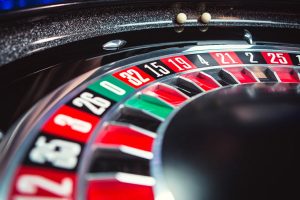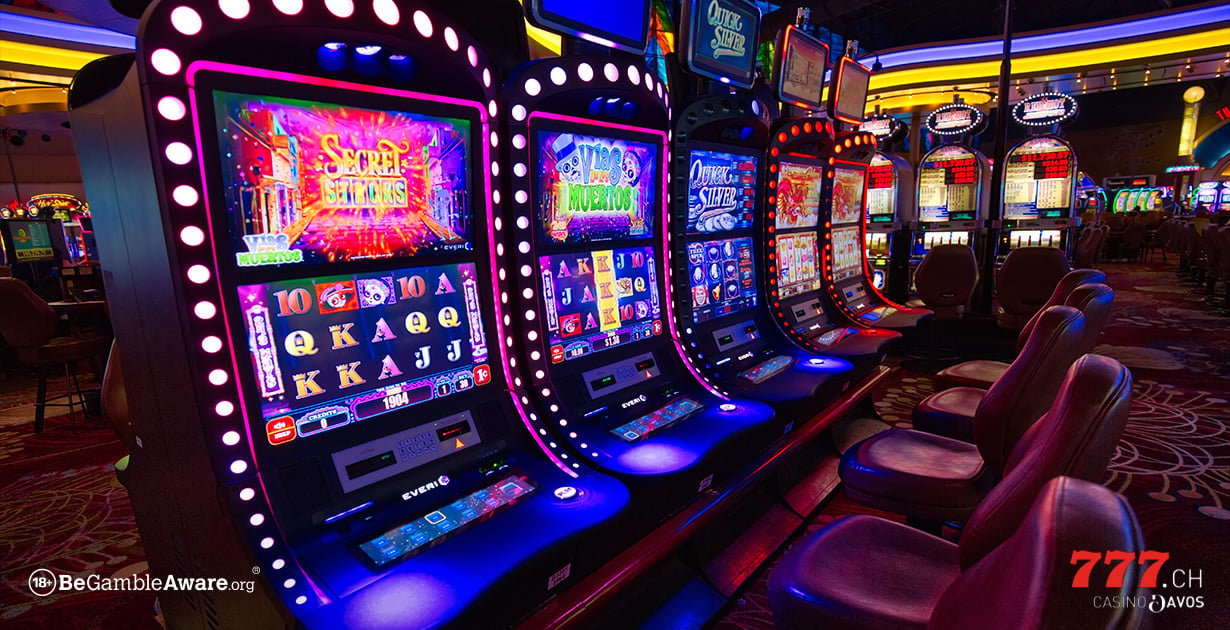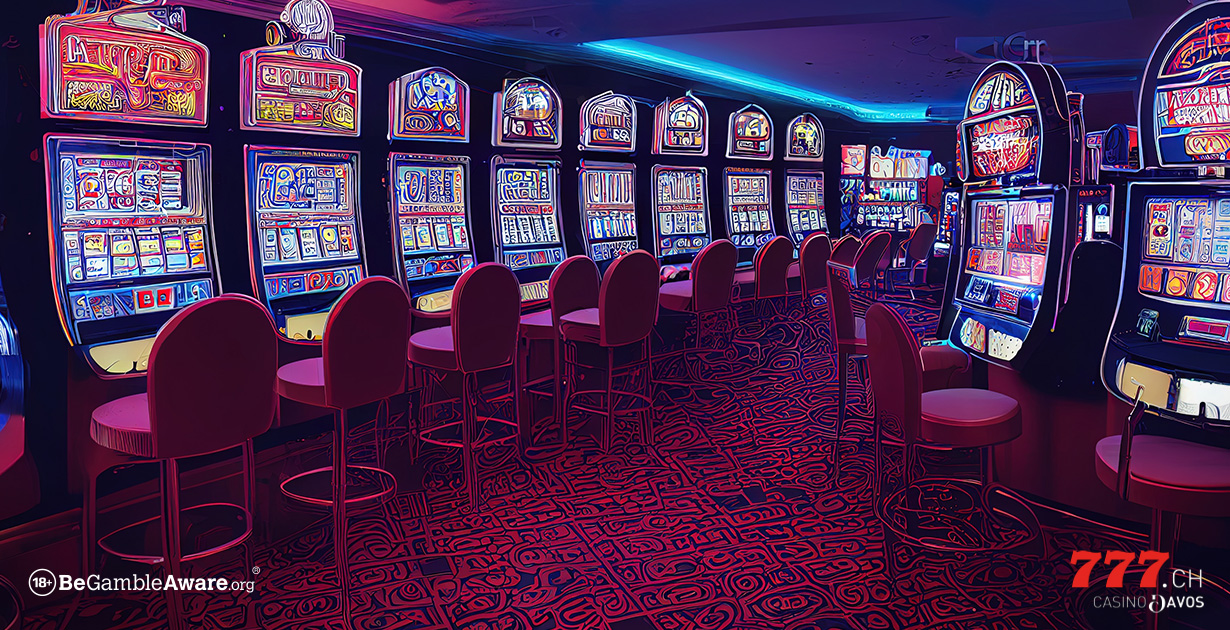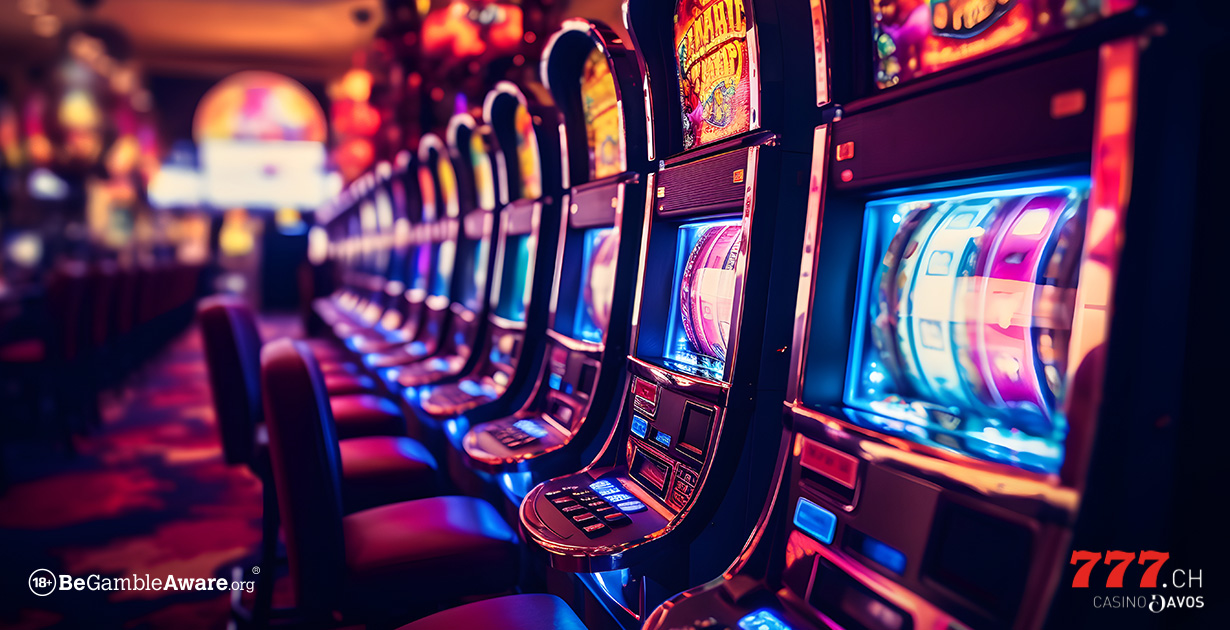Another blog on the almost inexhaustible topic of Black Jack.
Black Jack Hole Card
There are two different approaches to the dealer’s hand in the popular Blackjack variants. While in Europe and Asia the dealer usually has only one card in front of him before he starts with the actions on the boxes, in America the following procedure predominates:
- After the first cards are dealt face up to the players, the dealer lays his card face up.
- After the second round of face up cards for the players, the dealer immediately lays a second face down card: The Hole Card
Main differences in the handling of the game
If the dealer’s open card is an ace, the dealer asks the players if they wish to insure themselves against a bank blackjack. After the players have made their decision and, in the case of insurance, have made the appropriate bets, the hole card is checked.
- Bank Blackjack: the insurance is paid out and the game is over for the hands on the boxes.
- No blackjack of the bank: the insurance companies lose and the hands on the boxes are continued with the “normal” options hit, stay, double down or split
Even if the dealer’s face-up card is a ten-value card, the dealer’s hand is controlled for Blackjack. Apart from the possibility of insurance, the rest of the procedure is similar to the Ace.
Game Strategy
Of course, the drawing behavior changes if the player has the information that the bank with Ace or Ten does not have or cannot get Blackjack. The main differences to Black Jack without a hole card (European Black Jack):
- The player has A,A against an Ace of the Bank: He splits (in Black Jack with hole card, two Aces are split whenever possible).
- The player has hard 11 against an ace or a ten of the bank: he doubles
- The player has 8.8 against an ace or ten of the bank: he split
Surrender
If Surrender (giving up the hand, the bet is halved) is allowed, the following strategy:
- 16 surrenders against 9 to Ace of Banker
- 15 surrenders against each token card of the Bank
Split
Basically applies:
- Aces and 8.8 are always split
- Tens and 5.5 are never shared
Double
- 11 is always doubled
- Ten doubles against 2 to 9 of the dealer
- Soft 13 to soft 17 always doubles 5 and 6 of the dealer
- Soft 15 and soft 16 doubles additionally against 4 of the dealer
- Soft 17 doubles additionally against 3 and 4 of the dealer
- Eight never doubles
Advantages of the hole card for the normal player
The certainty whether the dealer has Back Jack or not is a huge advantage for many players. Not mathematically, but psychologically: You know the sometimes seemingly endless discussions in the casinos or the long waiting times online, when the dealer has only the open card in front of him. 15, 16 against 10 or Ace (with or without Surrender) or the stubborn superstition that the last box should/can/must draw “differently” from Basic.
This acceleration of the game is not only pleasant for me.
Apropos last box:. Since the dealer’s second card is already on the table and therefore the value of the first two cards has already been determined for other card values than ten or ace, the sometimes not very nice comments of the other players are also omitted, if the last box “moved wrong” or the Stay had a negative effect on the result of the bank.
As many of you have probably experienced at the Black Jack table in the casino, some Black Jack players – reading more horoscopes than math books – have the firm opinion that 13 or 14 “must” stop on the last box against 9 to Ace of the bank. because the small card (it can come always only a small card J) harms the bank.
Advantages of the hole card for the professional player
Experienced and very observant players mainly take advantage of two circumstances.
- Spooking: the dealer shows parts of the hole card or the whole card when controlling the hole card. Even the information that it is most likely a face card gives the player an advantage. In spooking, an observer has a good view of the card and passes this information on to another player. If the second card is fully recognized, the casino’s house advantage will tilt to the player’s side and the theoretical advantage may be 10% or more. If, for example, the player knows that the dealer has 17 to 20 as the sum of the two cards, he naturally draws with 18 against 19, and so on.
- Dealer Tells: From the dealer’s reaction when checking the hole card, trained players can draw conclusions about the value of the card, just as good poker players can “read” their opponents. This way of gaining an advantage over the bank, however, requires a lot of practice and knowledge of human nature.
For online players, these options are impossible anyway, so focus on clean basic play.
Are these practices legal?
As early as 1983, there was a court ruling in the state of Nevada: One man gave information about the hole card to a second player. Since the observation was made without technical aids, the court found that there was no fraud. Today, many casinos that offer blackjack with hole cards have technical aids that make hole carding impossible. The discussion about the legality of these gambling methods was also conducted earlier on in card counting. In one of the following blogs we report about the experiences of a counter.
In the next blog we will discuss the advantages and disadvantages of house rules – stay tuned! In the meantime you can find different Black Jack variants on Casino777.ch.









